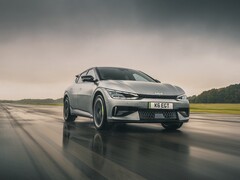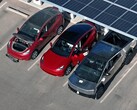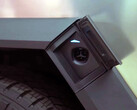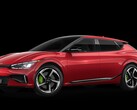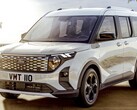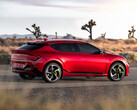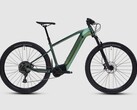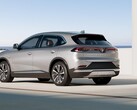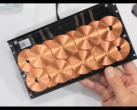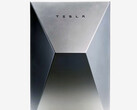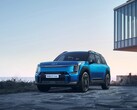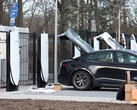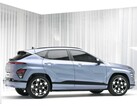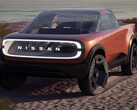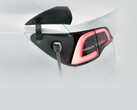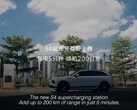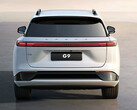Despite all the brouhaha about ultrafast charging networks and powertrains, mainly coming from brands like NIO or XPeng, electric cars with modern 800V systems will be few and far between even in 2025, according to one industry research. Tesla, the most widespread EV brand in the US, for instance, uses 400V system in its cars, and its V3 Superchargers provide a peak output of 250kW.
On the other hand, 800V electric vehicles like the Ioniq 6 or KIA EV6 that are sold in the US, are built on Hyundai's dedicated e-GMP platform which allows for faster 350kW charging that can top up its battery to 80% in less than 20 minutes. That amount of peak power would be coming with Tesla's V4 Superchargers, but such stations are yet to proliferate, so that owners of 800V EVs can take full advantage of the capabilities that their cars offer. The electric Porsche Taycan is also on an 800V charging system, and can be brought to 80% charge in about 22 minutes,
According to Jessie Lin, an analyst of DIGITIMES Research, however, only 12% of EVs in 2025 will have modern 800V electrical systems, while the vast majority, including Tesla, will be still be on the 400V mark. The current market share of 800V cars is 2%, though, so a sixfold increase is nothing to sneeze at still, thanks mainly to the Korean and Chinese EV makers.
Brads like NIO, XPeng, or Zeekr, put their money where their mouth is, and have started building out their own ultrafast charging networks. XPeng's S4 charging stations, for instance, are strategically located in major cities, and can bring the G9's 96kWh battery to 80% in just 15 minutes, adding more than 300 miles of extra range. XPeng plans to have 2000 such ultrafast charging stations by 2025.
After the 480 kW charging network of XPeng came the 500 kW piles of NIO, while some Zeekr electric vehicles will be able to take advantage of 600 kW stalls. The world's largest EV battery maker CATL's new 620-mile Kirin battery that can be charged to 80% in 10 minutes will soon have a charging network to match.
The first vehicle with the cell-to-pack Kirin battery with 4680-style cells - the boxy Zeekr 009 MPV - can ttake advantage of the world's fastest electric car charger this side of megawatt ones for semi truck EVs. Rated at the jaw-dropping 600 kW output, it will be able to give the Zeekr 009 about 300 kilometers (186 miles) of range in 5 minutes. Zeekr's subsidiary Viridi E-mobility Technology (VREMT) said it will be able to commercialize the ultrafast charging technology by building on its existing network of stalls for Zeekr vehicles.
Their 600 kW upgrade has been achieved by toying with expansion of the liquid cooling component so that it allows for a safe increase of the power output up from the current 360 kW rating. Hopefully, such charging station upgrades will give manufacturers all the more reasons to develop and release more electric cars with 800V systems.




